Tools
NETWORK ANALYSIS
 NetSHyR code: T. Vu
NetSHyR code: T. VuNetSHy Network summarization via a hybrid approach leveraging topological properties. See Vu et al., 2024. Github
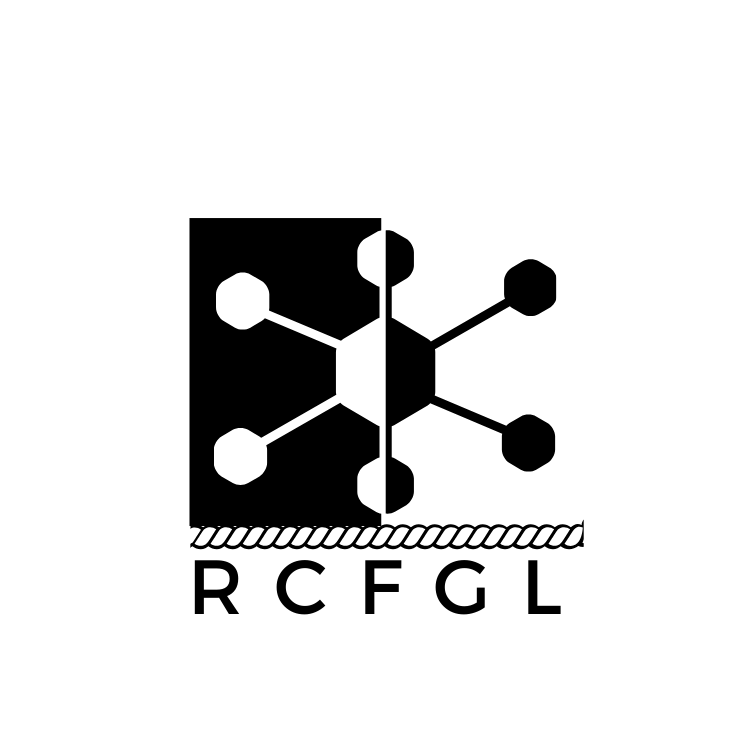 RCFGLC/Python: S. Seal
RCFGLC/Python: S. SealRCFGL Rapid Condition adaptive Fused Graphical Lasso and application to modeling brain region co-expression networks. See Seal et al., 2024. Github
OMICS INTEGRATION
 Omics SubtypingR, Python, Tensorflow code: E. Stene, S. Helmi, L. Gillenwater.
Omics SubtypingR, Python, Tensorflow code: E. Stene, S. Helmi, L. Gillenwater.Multi-omics subtyping pipeline for chronic obstructive pulmonary disease. See Gillenwater et al., 2021. Github
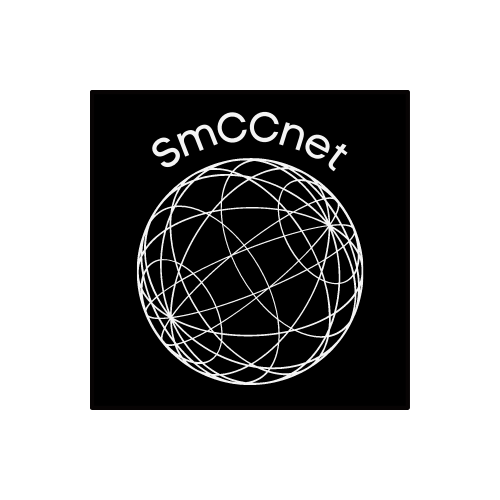 SmCCNetR package: J. Shi
SmCCNetR package: J. ShiCorrelation analysis based method for discovering (quantitative) trait-specific multi-omics networks. See Shi et al., 2019. CRAN Github
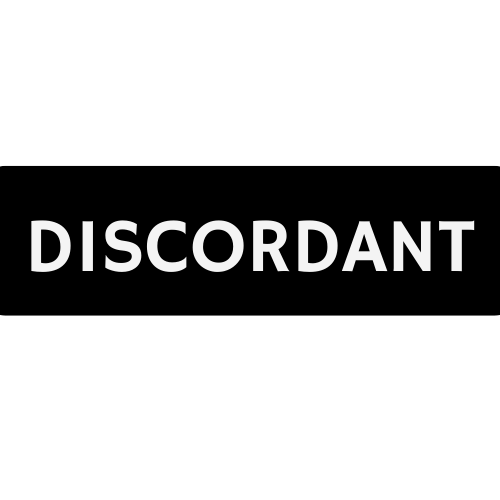 DiscordantR package: C. Siska
DiscordantR package: C. SiskaIdentify pairs of features that differentially correlate between phenotypic groups, with application to -omics data. See Siska et al., 2016 and Siska & Kechris, 2017.. Bioconductor
 lcmixR package: D. Dvorkin
lcmixR package: D. DvorkinHierarchical mixture models for genomic data integration. see Dvorkin et al., 2013.
METABOLOMICS
 MAIR package, REST API: J. Dekermanjian
MAIR package, REST API: J. DekermanjianR package which uses a two-step approach to imputing missing data in metabolomics see Dekermanjian et al., 2022
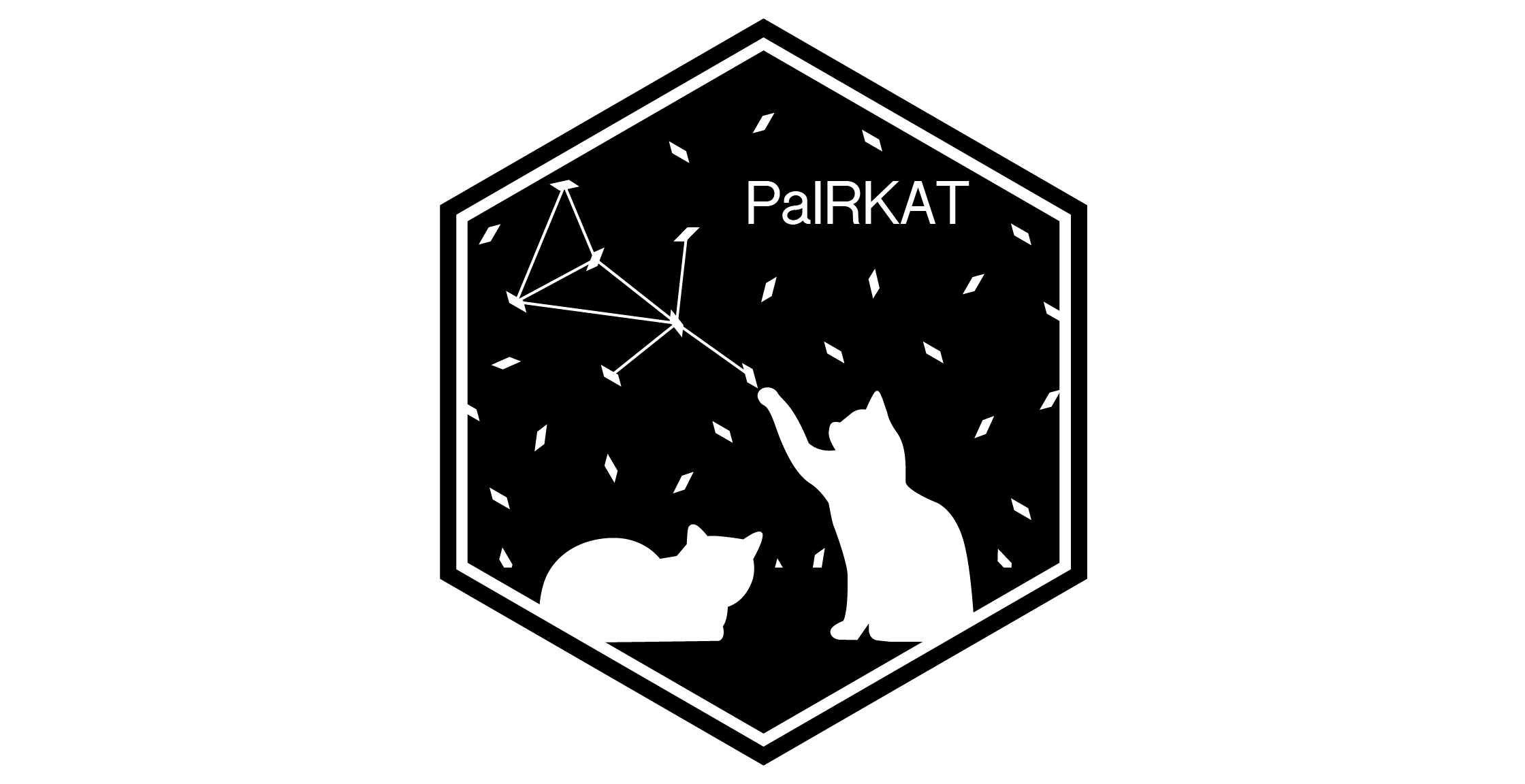 PaIRKATR package, Shiny app: C. Carpenter, C. Severn
PaIRKATR package, Shiny app: C. Carpenter, C. SevernA pathway integrated regression-based kernel association test with applications to metabolomics see Carpenter et al., 2021.
 MSCATWeb Server: J. Dekermanjian, W. Labeikovsky
MSCATWeb Server: J. Dekermanjian, W. LabeikovskyDatabase of metabolomics software tools and allows one to generate potential software workflows using an online interface. see Dekermanjian et al., 2021.
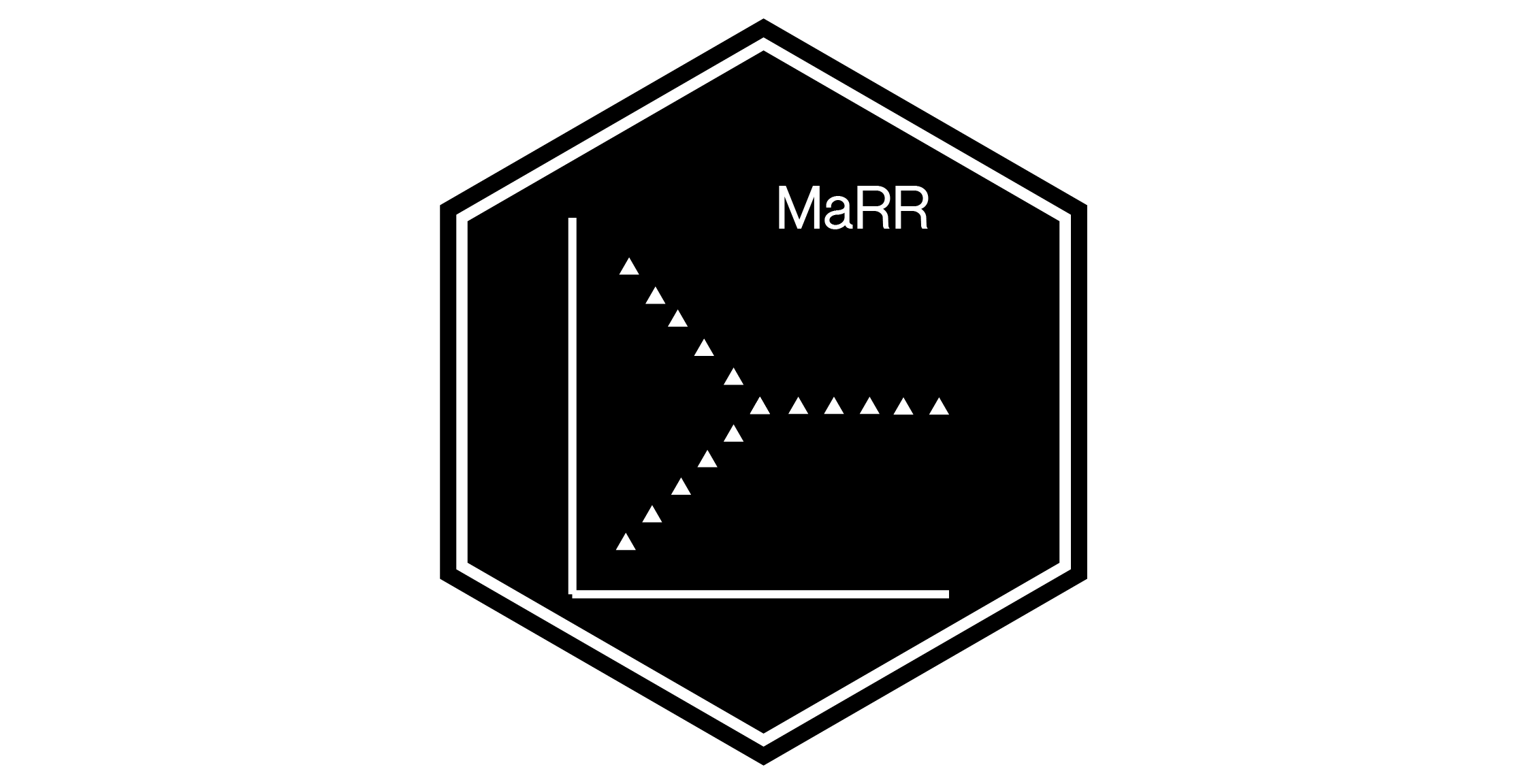 MaRRR package, Shiny app: T. Ghosh, M. McGrath
MaRRR package, Shiny app: T. Ghosh, M. McGrathReproducibility of mass spectrometry based metabolomics data.see Ghosh et al., 2021
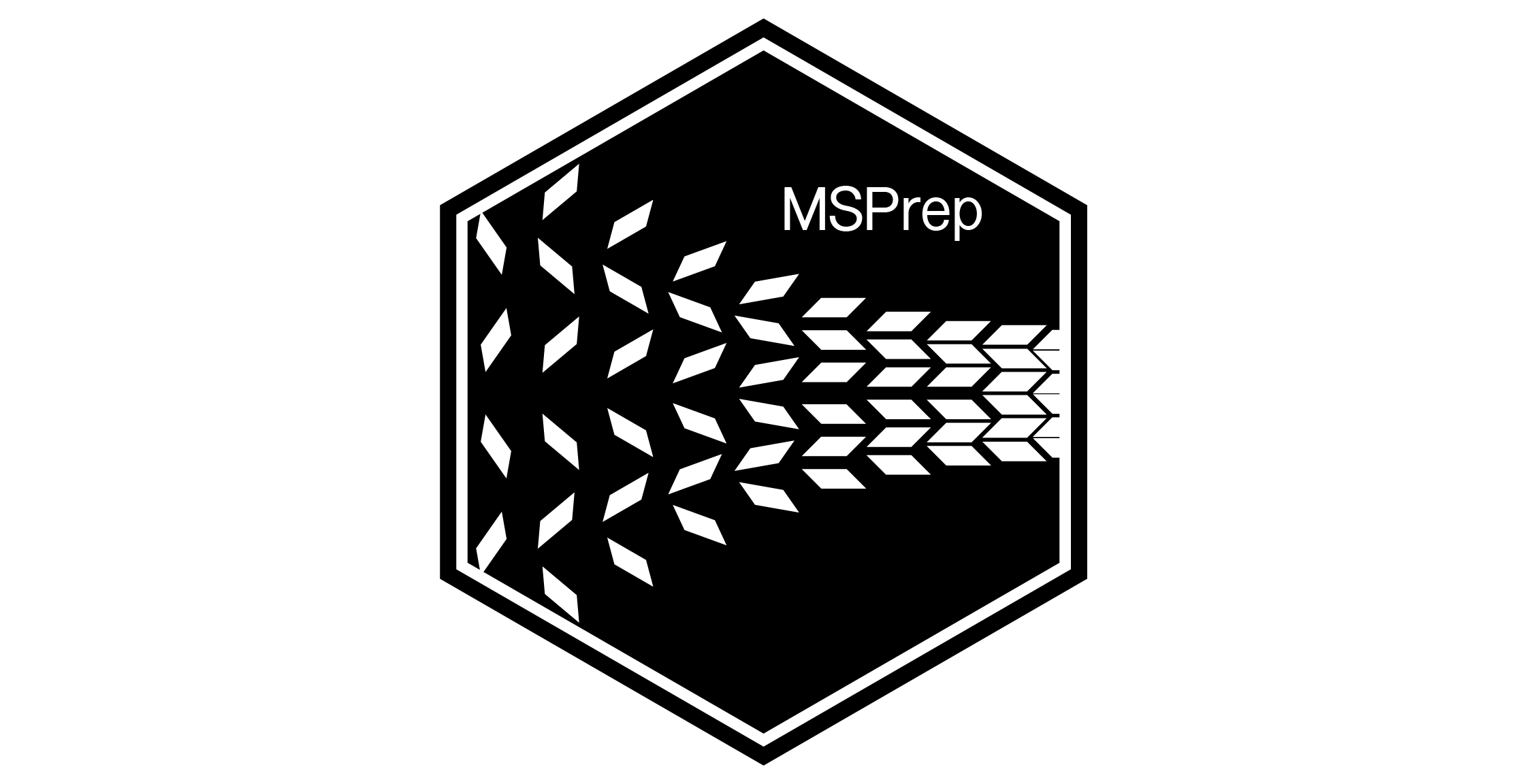 MSPrepR package: M. McGrath, G. Hughes
MSPrepR package: M. McGrath, G. HughesPost processing of LC/MS metabolomic data. MsPRep Performs summarization of replicates, filtering, imputation, normalization, generates diagnostic plots and outputs final analytic datasets for downstream analysis. see Hughes et al., 2014.
MICROBIOME
 tidyMicroR package: C. Carpenter
tidyMicroR package: C. CarpenterA pipeline for microbiome data analysis and visualization using the tidyverse in R. see Carpenter et al., 2021
EPIGENETICS
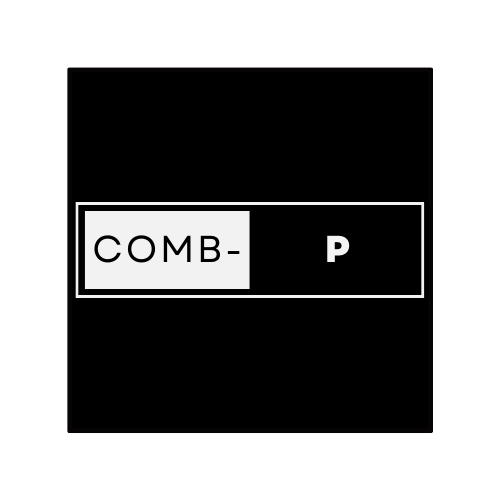 comb-pPython code: B. Pedersen
comb-pPython code: B. PedersenCombining genome-wide p-values using a modified Stouffer-Liptak test corrected for spatial correlations. see Kechris et al., 2010 and Pedersen et al., 2012
TRANSCRIPTOMICS
 aptardiPython: R. Lusk
aptardiPython: R. LuskAptardi predicts polyadenylation sites in sample-specific transcriptomes using high-throughput RNA sequencing and DNA sequence see Lusk et al., 2021.
 MCMSeqR package: B. Vestal, C. Moore
MCMSeqR package: B. Vestal, C. MooreBayesian hierarchical modeling of clustered and repeated measures RNA sequencing experiments. see Vestal et al., 2020
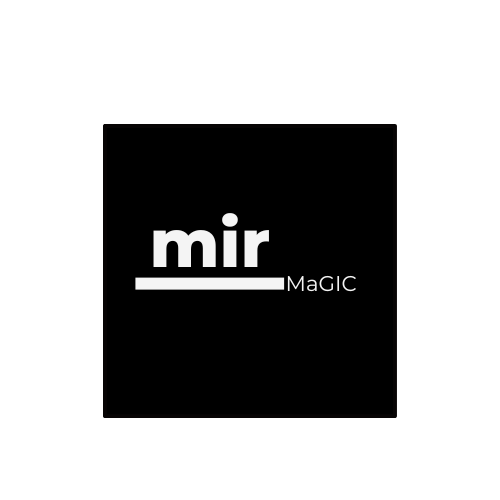 miR-MaGiCJava/Snakemake pipeline: P. Russell
miR-MaGiCJava/Snakemake pipeline: P. RussellPipeline for miRNA expression quantification from small RNA-seq see Russell et al., 2018
 HeritSeqR package: J. Shi, P. Rudra, B. Vestal, P. Russel
HeritSeqR package: J. Shi, P. Rudra, B. Vestal, P. RusselCalculate heritability of count based expression traits derived from high-throughput sequencing experiments. see Rudra, Wen, Vestal et al., 2017
 multiMiRR package: Y. Ru
multiMiRR package: Y. RuComprehensive collection of predicted and validated miRNA-target interactions and their associations with diseases and drugs. see Ru et al., 2014.
TRANSCRIPTION FACTOR BINDING
 SULDEXANSI C++ code
SULDEXANSI C++ codeSimultaneously analyze binding dissociation constants for large repertoires of sequences based on high throughput sequencing. see Pollock et al., 2011.
 c-REDUCEANSI C code: assisted by D. Dvorkin) Available upon request
c-REDUCEANSI C code: assisted by D. Dvorkin) Available upon requestc(onservation)-REDUCE. Extension of the REDUCE algorithm that incorporates conservation across multiple species to detect motifs that correlate with expression. see Kechris & Li, 2009
 OR-MEMEANSI C code: M. Richards) Available upon request
OR-MEMEANSI C code: M. Richards) Available upon requestOR-MEME(Order Restricted MEME). Detecting DNA regulatory motifs by constraining the order of information content. see van Zwet et al., 2005
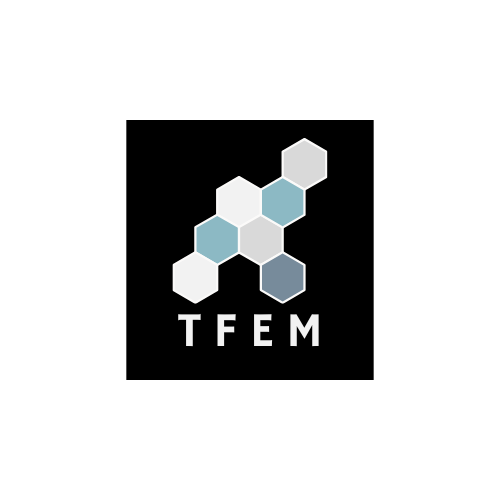 TFEMANSI C code: M. Richards) Available upon request
TFEMANSI C code: M. Richards) Available upon requestTFEM(Transcription Factor Expectation Maximization). Detecting DNA regulatory motifs by incorporating positional trends in information content. see Kechris et al., 2004
